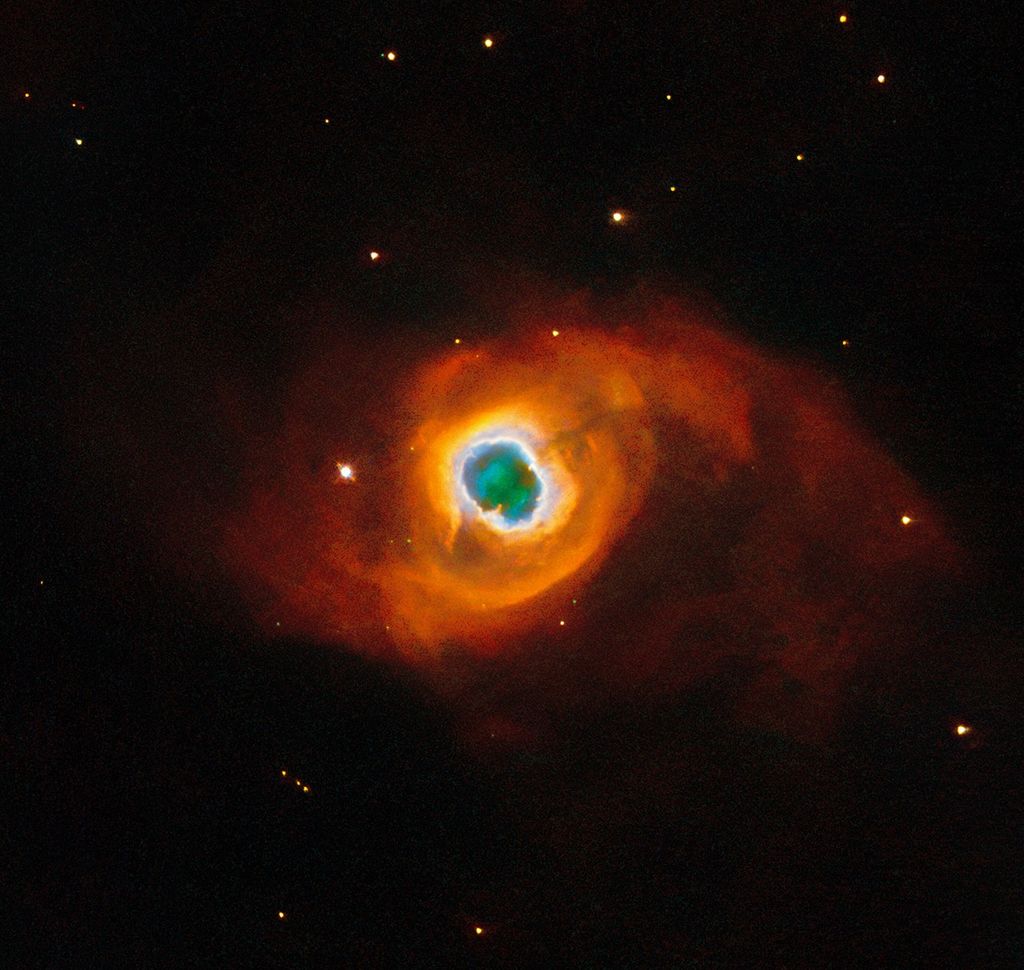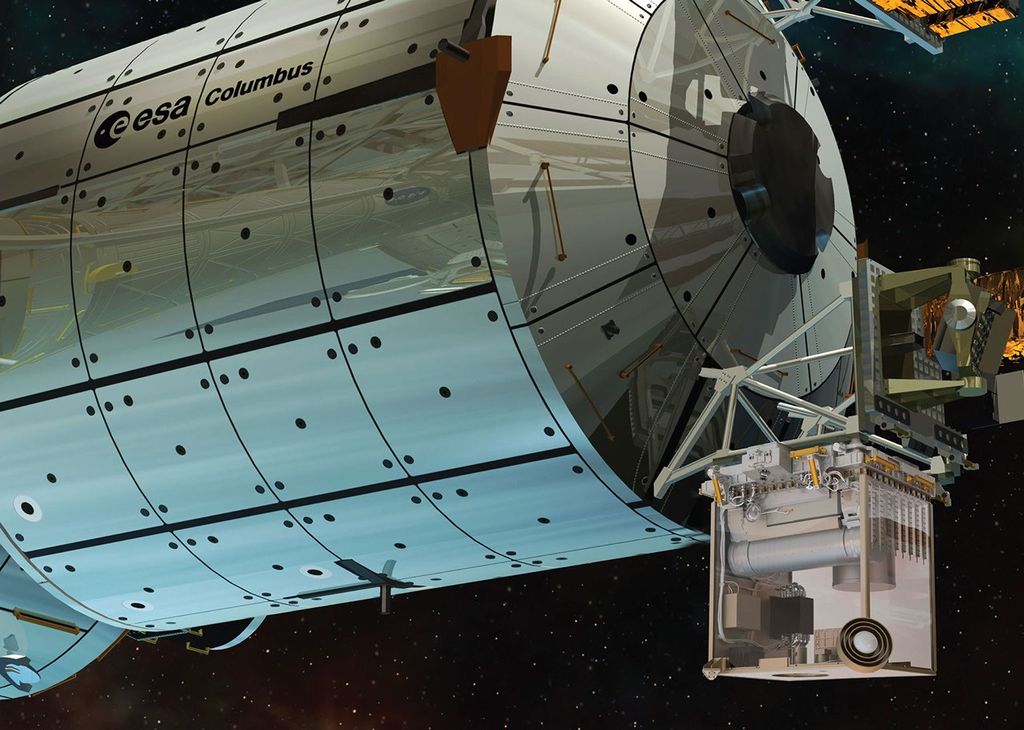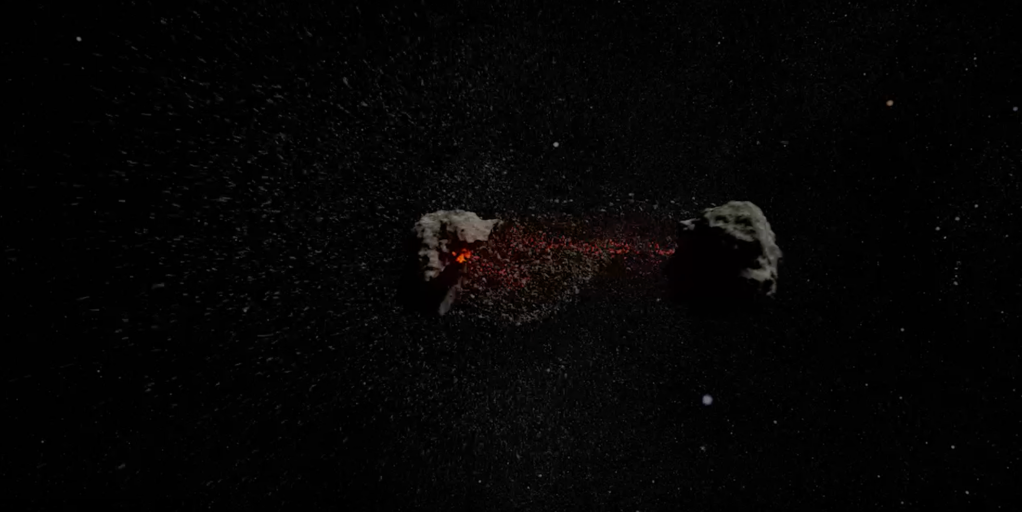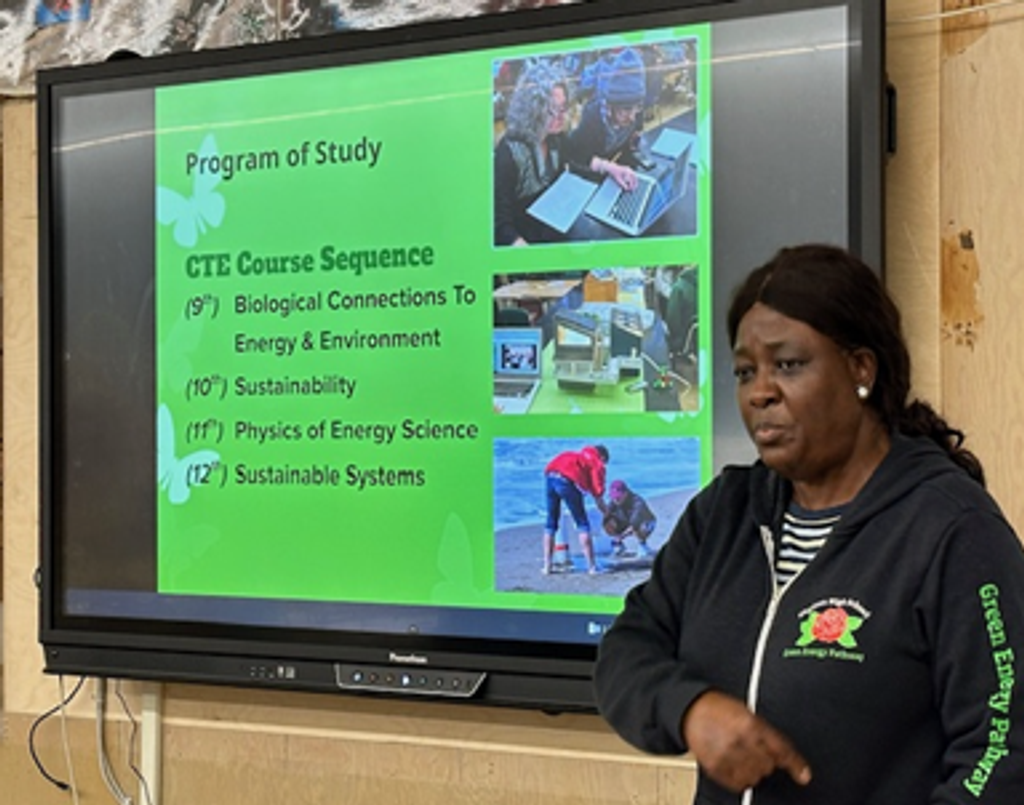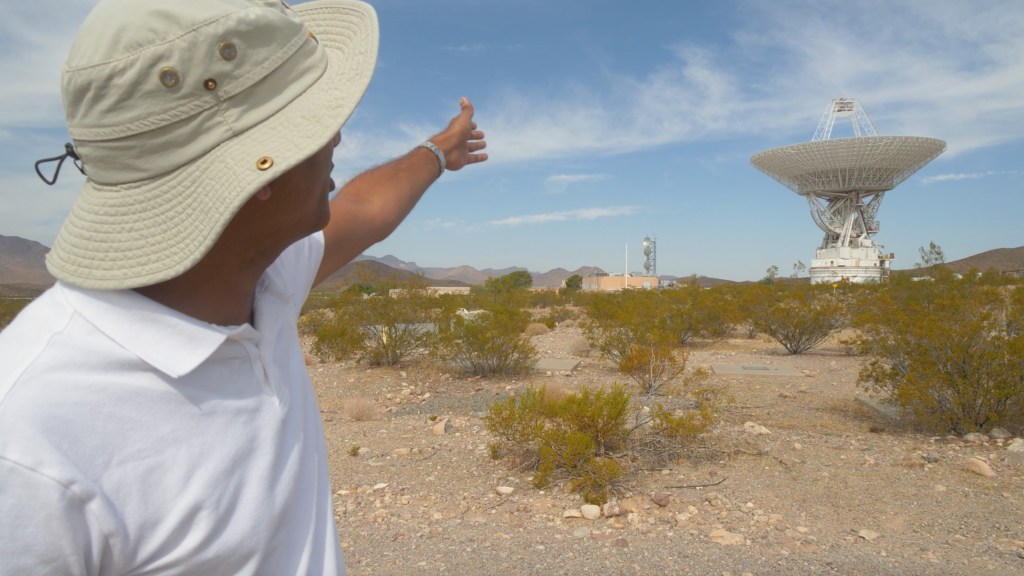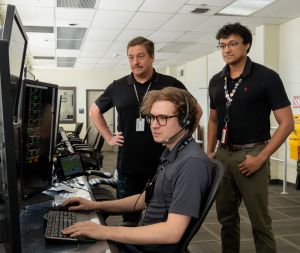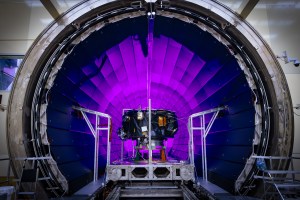By Mike Wright, Marshall Historian, Emeritus
The history of the Marshall Space Flight Center in the 1960s is clearly associated with building the Saturn V moon rocket. Less well known, however, is the Center’s early work in designing scientific payloads.
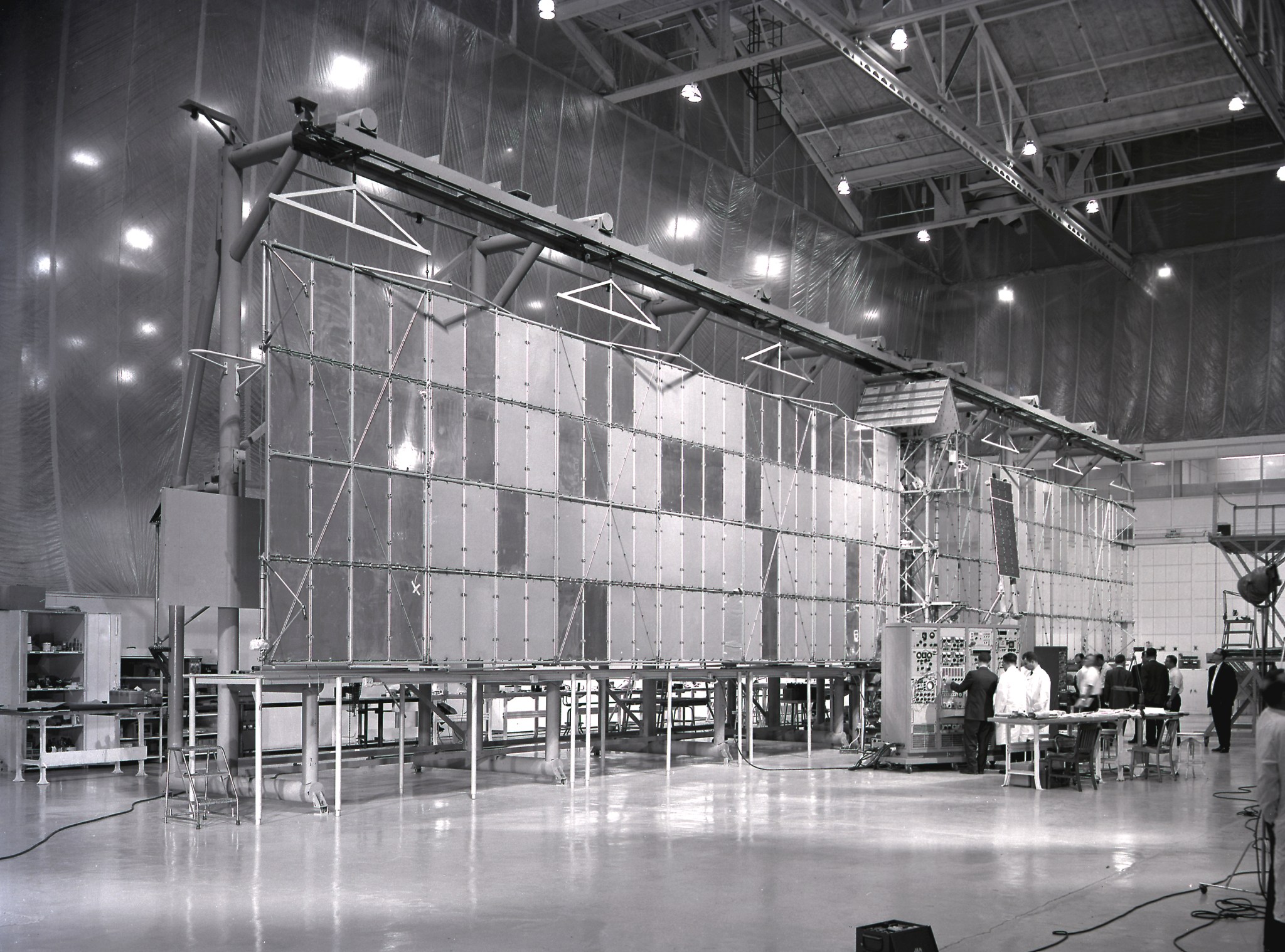
The Pegasus satellite was named for the winged horse of Greek mythology and was lofted into space by a Marshall-built Saturn I rocket on February 16, 1965. Like its namesake, the Pegasus I satellite was notable for its wings; however, the 96-foot-long, 14-foot-wide wings were not for flying. They carried 208 panels to report punctures by potentially hazardous micrometeoroids at high altitudes where the manned Apollo missions would orbit. Spacecraft designers were keenly interested in the information because the Apollo spacecraft and crew were in jeopardy if tiny particles could puncture a spacecraft skin. Micrometeoroid detectors and sample protective shields were mounted on the satellite’s wing-like solar cell arrays. The sensors successfully measured the frequency, size, direction and penetration of scores of micrometeoroid impacts.
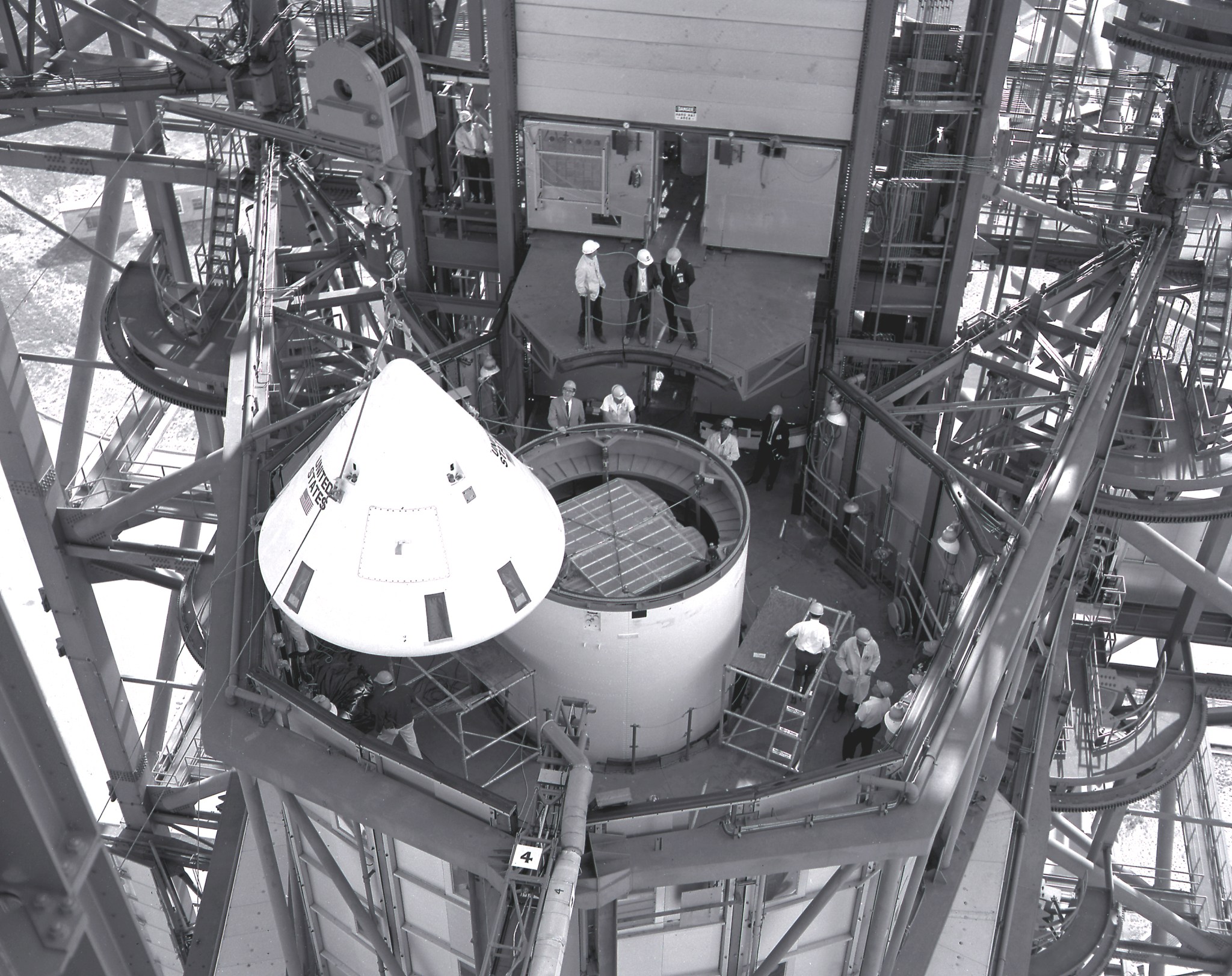
The Marshall Center was responsible for the design, production and operation of Pegasus I and two additional Pegasus satellites that were also launched by Saturn I rockets in 1965. At launch, an Apollo command and service module boilerplate and launch escape system tower were atop the Saturn 1, with Pegasus I folded inside the service module. After first stage separation and second-stage ignition, the launch escape system was jettisoned. When the second stage attained orbit, the 10,000-pound Apollo boilerplate command and service modules were jettisoned into a separate orbit. Then a motor driven device extended the wing like panels on the Pegasus to a span of 96 feet. Pegasus I remained attached to the Saturn I’s second stage as planned.
A television camera, mounted on the interior of the service module adapter, provided pictures of the satellite deploying in space and as one historian has written, “captured a vision of the eerie silent wings of Pegasus I as they haltingly deployed.” The satellite exposed more than 2,300 square feet of instrumented surface, with thickness varying up to 16/1000 of an inch.
Ernst Stuhlinger, then director of the Center’s Research Projects Laboratory, noted that all three Pegasus missions provided more than data on micrometeoroid penetration. Scientists also were able to gather data regarding gyroscopic motion and orbital characteristics of rigid bodies in space, lifetimes of electronic components in the space environment, and thermal control systems and the degrading effects of space on thermal control coatings. Space historian Roger Bilstein reported that for physicists the Pegasus missions provided additional knowledge about the radiation environments of space, the Van Allen belts and other phenomena.
Chronology of Pegasus Development and Operations
| 1962 | Personnel at the Marshall Space Flight Center proposed using the Saturn vehicle to launch a micrometeoroid detection experiment. |
| December 30, 1962 | NASA issued a request for proposals for the design and construction of a large-surfaced micrometeoroid detection satellite. |
| February 5, 1963 | NASA announced it would negotiate with Fairchild Stratos Corp. to build two flight models of a micrometeoroid detection satellite. |
| March 4, 1963 | NASA awarded Fairchild a contract for the construction of such a satellite, unofficially called Pegasus. |
| December 1963 | Marshall personnel considered using the SA-10 vehicle for a third Pegasus satellite. |
| April 1964 | NASA Headquarters approved a third Pegasus. The Martin Co. was awarded a contract by Langley Research Center for a design study of an advanced Pegasus that would be launched by a Saturn IB-Centaur to investigate cislunar and interplanetary space. |
| July 21, 1964 | The name Pegasus was officially approved by NASA for the micrometeoroid satellite project. |
| February 16, 1965 | Launch of Pegasus 1 was successful. |
| May 1965 | NASA awarded a phase two contract to Martin for an advanced Pegasus study. |
| May 27, 1965 | Launch of Pegasus 2 was successful. |
| July 30, 1965 | Launch of Pegasus 3 was successful. |
| March 1, 1966 | Last hit was recorded on Pegasus 1; only engineering data were recorded thereafter. |
| July 21, 1966 | Marshall let a contract to Emerson Electric to study the feasibility of Gemini astronauts visiting Pegasus to retrieve panels for return and analysis. |
| August 16, 1967 | Last hit was recorded on Pegasus 3; only engineering data were recorded thereafter. |
| October 31, 1967 | Last hit was recorded on Pegasus 2; only engineering data were recorded thereafter. |
| August 1968 | All Pegasus satellites were turned off. |

